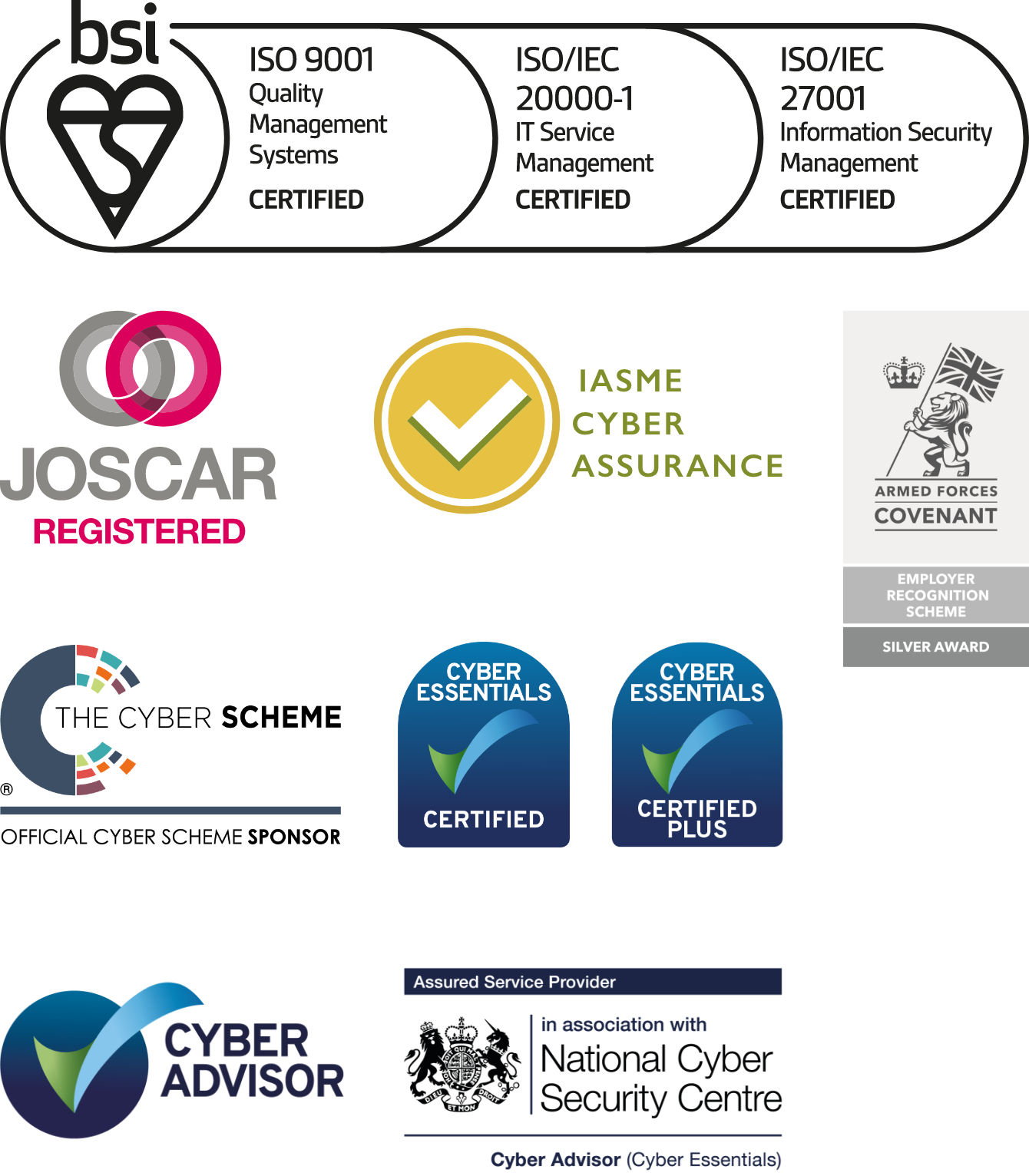Recent conflicts have shown if you’re not in control of the electromagnetic spectrum (EMS), then you’re likely to cede advantage to your enemy. A fundamental part of modern warfare is the ability to control the invisible war taking place within the EMS and the key to this is harnessing the power of data to understand, analyse and respond to threats quicker than your adversary.
At its core, managing and exploiting EW & CEMA data involves coordinating and synchronising a multitude of signals, sensors, and systems to deliver a unified and cohesive picture of the electromagnetic environment (EME).
For defence forces globally, the primary objective is to use this ever-growing repository of data for information advantage through insights that provide cross-domain superiority. However, the unique challenges posed by EW & CEMA data collection, processing and dissemination reveal both the critical capabilities and limitations of modern defence infrastructure.
The EW data challenge
The primary challenge, largely, lies in the volume and diversity of data collected. EW platforms capture signals across a broad spectrum of frequencies and modulations, each requiring analysis for relevance and potential threat. This influx of data is compounded by a range of sources, from radars and communication signals to sensors on drones and satellites. Without an effective process to manage this flood of information, defence forces risk being overwhelmed rather than empowered. A 21st century example of how Clausewitz’s Fog of War looks in today’s conflicts.
Meeting the needs of CEMA
The merging of CEMA data has emphasised the need for unified command structures to coordinate and inform offensive and defensive actions across both areas. A strong CEMA strategy enables defence forces to launch combined attacks, such as using electromagnetic jamming to disable enemy radars while exploiting cyber vulnerabilities in their networks, leaving adversaries open to further attacks. However, achieving this level of integration is complex, requiring not just new technology but also changes in military command practices.
Added to this, traditional structures often struggle with the fast-paced demands of CEMA, which requires quick sharing of data and decisions across often-displaced cyber and EW teams. Testing joint CEMA command units in an active conflict is an opportunity to explore such integration. If effective, this integrated model could shape future military operations, improving cross-domain coordination and ensuring data becomes an operational advantage.
To help militaries consolidate CEMA data into a single source, MASS recently launched THURBON CEMA, a new centralised database management system. Enabling users across land, air and maritime domains to operate in a multi-threat environment more effectively, the system also enhances battlespace spectrum management and spectrum visualisation. By synchronising offensive and defensive, and enabling activities across the electromagnetic environment and cyberspace, it acts as a force multiplier, streamlining decision-making and improving operational efficiency.
Crucial to fast paced environments, THURBON CEMA provides near real-time intelligence and a richer multi-threat dataset to support information dominance. Added to this, it also helps reduce the cognitive burden on operators by providing a single data source and bringing all CEMA activity into one database. Enabling quicker decision-making based on real-time data, the management system supports forces in gaining the operational and information advantage.
The new era of EW
As recent conflicts have demonstrated, EW data management and exploitation are not merely technical challenges; they represent a shift in military strategy. Managing this ‘invisible battlespace’ effectively requires a holistic approach that combines cutting-edge technologies, adaptive strategies, and resilient infrastructure. From basic analytics to cyber-electromagnetic integration, the solutions to these challenges lie at the intersection of technology and doctrine. The next phase of EW data exploitation will likely hinge on developing interoperable platforms that allow for seamless data exchange between allies, and the rapid evolution of AI and machine learning capabilities that can keep pace with adversarial tactics. By harnessing these capabilities, defence forces can hope to achieve a comprehensive picture of the EME and gain a decisive edge in modern conflicts. For defence strategists worldwide, the message is clear: the electromagnetic spectrum is now a battleground that must be managed, controlled and exploited with the same precision and urgency as any physical domain.
This is a blog by Bobby Lower, one of our BD Managers



